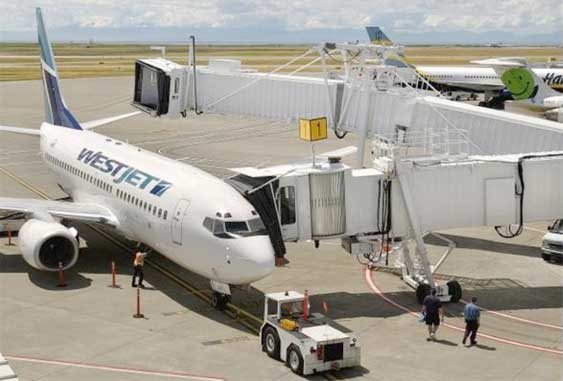
In April 2013, human error by an airport controller at Vancouver Airport mixed up the ID’s of two planes almost causing a serious accident. Luckily, the mix-up was solved and no one was killed. When investigating the cause of the incident at Vancouver Airport, the Transport Safety Board of Canada (TSBC), used our scientifically validated Fatigue Avoidance Scheduling Tool (FAST) to identify fatigue as the cause for human error. By reviewing the airport controllers actual schedule, FAST was able to identify that the controller did not obtain sufficient sleep before their shift and was therefore fatigued at the time of the incident.
By using objective data, TSBC now understands exactly what caused the human error and that ‘fatiguing schedules’ can greatly increase the likelihood of human error occurring.
So why are we still only referring to ‘human error’ as a cause?
In many accidents, investigators would run a series of investigations to establish that it was human error that was the cause.
A September 2012 study by the US Federal Aviation Administration (FAA) proves that self-reported studies, similar to the ones conducted to establish human error, are not accurate. The results showed that people do not normally feel fatigued until they lose 30% of their reaction time due to sleep loss.
Objective data is needed for 24/7 organizations to improve safety
In order for high-risk organizations such as aviation, air traffic control, healthcare or nuclear industry where reducing accident risk is imperative to the health, safety and wellbeing of their employees, objective data must be used to identify the root cause of human error in accidents.
The most accurate and validated way to improve safety is with our fatigue management technology – FAST and Readiband. This software is the “officially sanctioned” US Department of Defence fatigue analysis system.
FAST used to pinpoint the root of human error
FAST is our user-friendly scientifically validated software that has been developed for schedulers and planners to identify areas of fatigue risk in employee rosters. The data can then be used for objective comparisons and optimal schedules may be selected for proposed work periods or mission critical events. FAST is used by major accident investigators in North America and Australia including The US National Transportation Safety Board, The US Federal Railroad Administration and the Transportation Safety Board of Canada.
Readiband is a proactive strategy to improve safety
On the other hand, Readiband can be used as a proactive strategy for organizations to improve workplace safety. By wearing the Readiband, sleep data is collected and summarized in clear visual reports containing fatigue analytics that allow administrators to manage fatigue risk.




